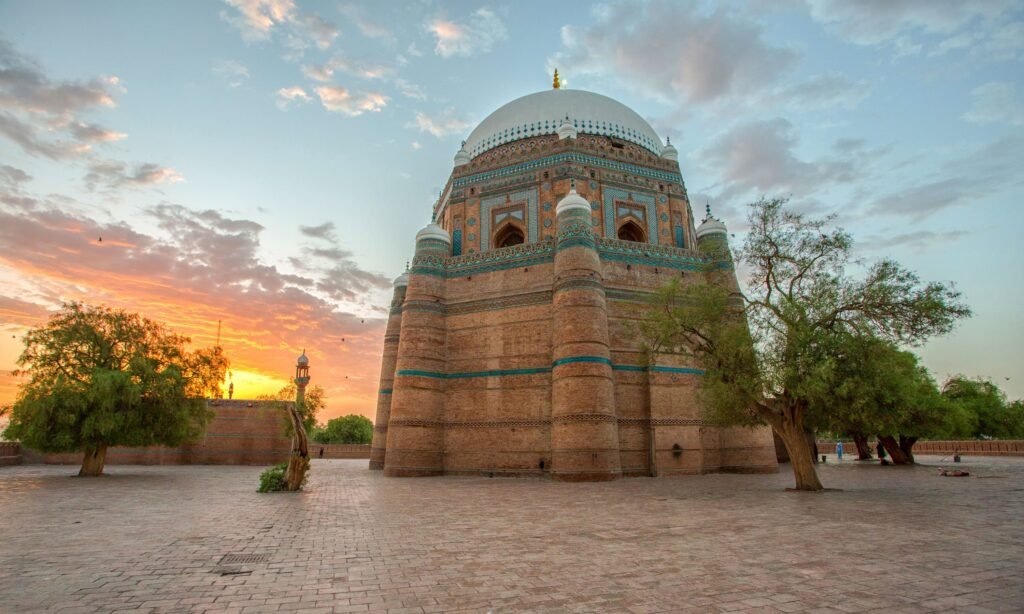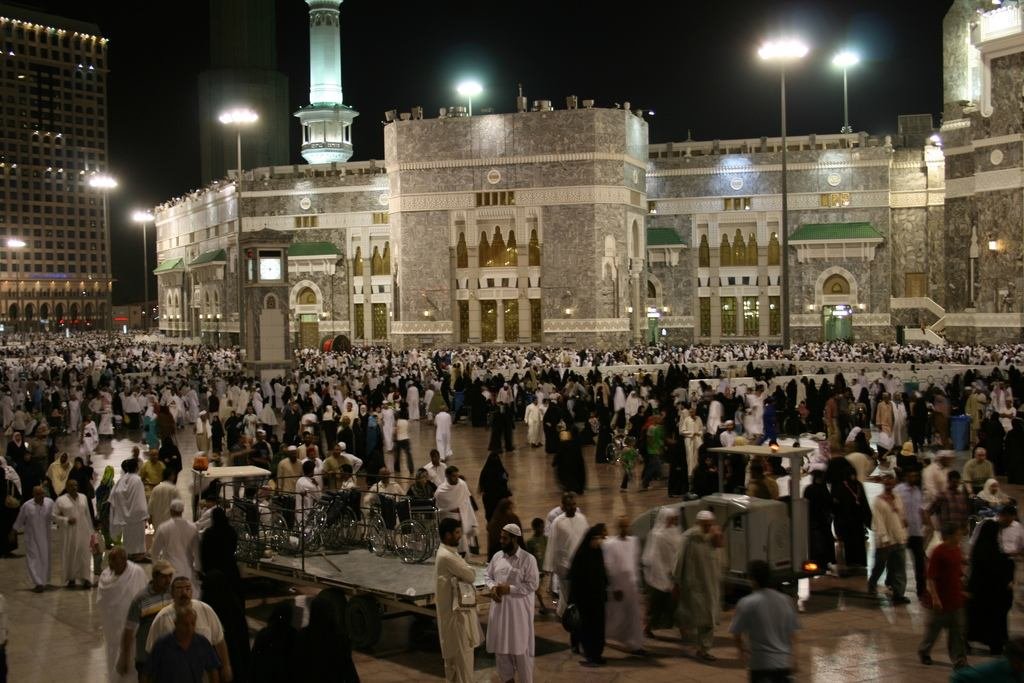Introduction to Islam
Islam is a religion that believes in one God, Allah. It was founded by the prophet Muhammad in the 7th century. Muslims believe in following the Five Pillars of Islam, which are guidelines for daily life that include prayer, charity, pilgrimage, and fasting.
The sites in Islam hold immense religious and historical significance for Muslims. In Islam, there are several important sites that hold significant religious and historical significance to Muslims. Some of these sites includes:
Mecca, Saudi Arabia
Mecca is considered the holiest city in Islam, and it is a significant site for Muslims around the world. Mecca is also the birthplace of the Prophet Muhammad and his early teachings and revelations are closely associated with the city.
Muslims consider Mecca to be a deeply spiritual and symbolic location and it holds a special place in the hearts of believers around the world. The annual Hajj pilgrimage to Mecca is one of the most important events in the Muslim calendar, and it is a powerful expression of faith and devotion for millions of Muslims.
Every year, millions of Muslims from around the world make the pilgrimage to Mecca, which is one of the Five Pillars of Islam. The Hajj is a spiritual journey that involves a series of rituals and ceremonies, including circumambulating the Kaaba, spending a night in the valley of Mina and standing on the plain of Arafat. The Hajj is a deeply meaningful and transformative experience for many Muslims.

Kaaba
The Kaaba is a cube-shaped building located in the center of the Masjid al-Haram in Mecca, Saudi Arabia. It is considered the most sacred site in Islam. Muslims believe that the Kaaba was built by the Prophet Abraham and his son Ishmael as a house of worship for God.
The Kaaba is about 50 feet high and 35 feet wide and it is made of granite. It is draped in a black silk and gold cover called the kiswah which is replaced every year during the Hajj pilgrimage.
The Kaaba is also surrounded by a circular structure called the mataf where Muslims perform the tawaf which is the act of walking around the Kaaba seven times in a clockwise direction as part of their pilgrimage to Mecca.
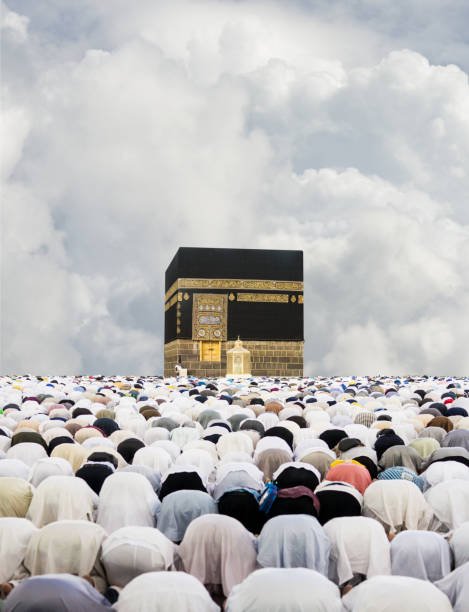
Medina, Saudi Arabia
Medina is considered as the second holiest city in the religion, after Mecca. Medina holds great importance for Muslims around the world, as it was the place where the Prophet Muhammad and his companions migrated to in 622 CE, a significant event in Islamic history known as the Hijra.
The city is home to the Prophet’s Mosque (Al-Masjid an-Nabawi). The mosque has undergone many renovations and expansions over the years, and it is a place of pilgrimage and prayer for Muslims around the world.
The city of Medina is also home to many other historical and cultural sites including the Quba Mosque, the first mosque in Islam and the Al-Baqi cemetery where many of the Prophet’s companions and family members are buried.
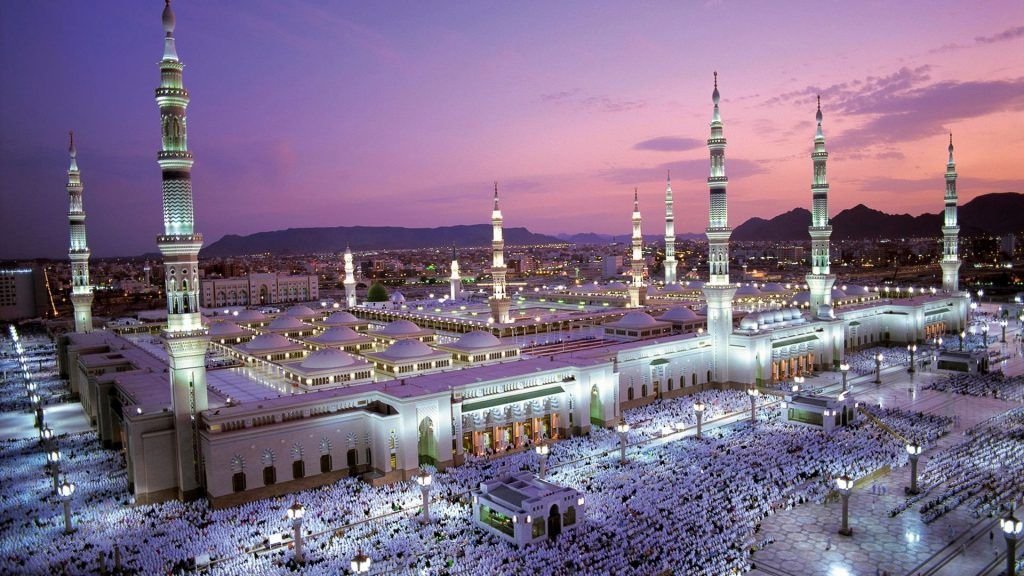
Masjid-e-Nabvi, Medina
Masjid-e-Nabawi also known as the Prophet’s Mosque, is a mosque in Medina, Saudi Arabia. It is the second-largest mosque in the world and is considered one of the holiest sites in Islam.
The mosque was built by the Prophet Muhammad in 622 CE, shortly after his arrival in Medina. It can accommodate millions of worshippers during the annual Hajj pilgrimage and is open for daily prayers throughout the year.
Overall, the Masjid-e-Nabawi is a revered and sacred site for Muslims and holds great historical and spiritual significance for the Islamic faith. The mosque’s beautiful design and historical significance make it an important place for Muslims to visit and pay their respects.
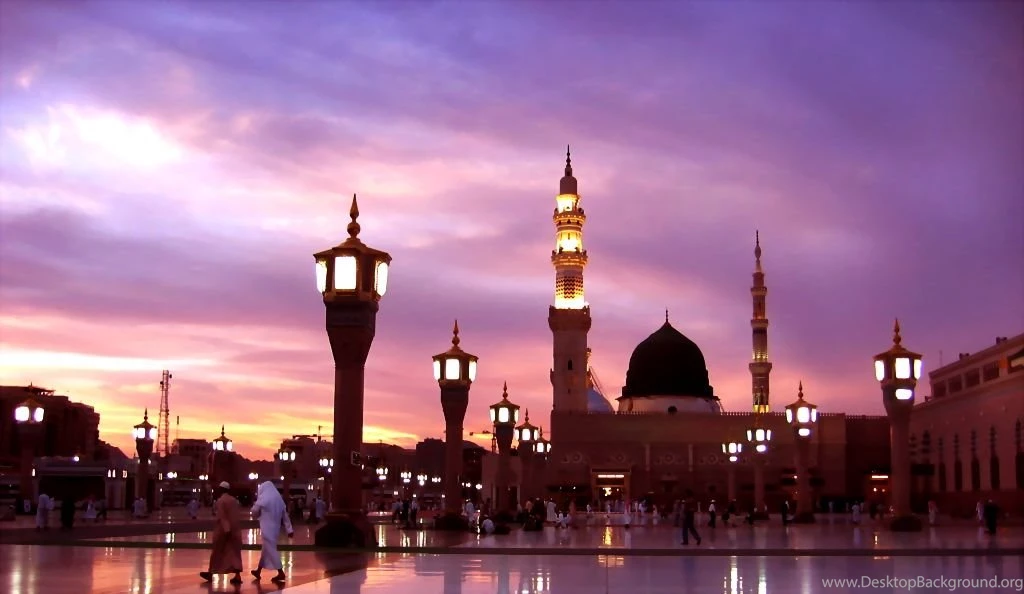
The Fatima Masumeh Shrine, Iran
The Fatima Masumeh Shrine is a holy site located in the city of Qom, Iran. The shrine is a significant pilgrimage site for Shia Muslims, who visit it to pay their respects and seek blessings.
The shrine complex includes a mosque, a courtyard, and several buildings, including schools and libraries. The mosque is known for its beautiful architecture, and it is considered one of the most beautiful mosques in Iran.
The shrine has a rich history and has been expanded and renovated over the centuries. It is a place of great spiritual significance for Shia Muslims and is regarded as a source of healing and comfort for those who visit.
Overall, it is a revered and sacred place for Shia Muslims, and it holds great historical and spiritual significance in the Shia tradition.
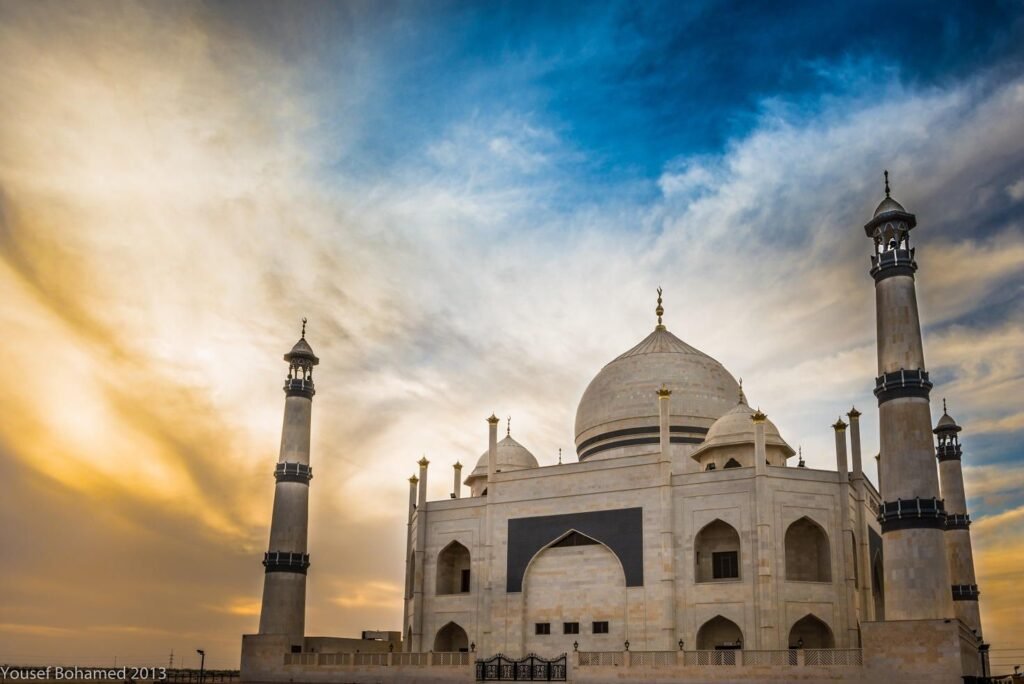
Tomb of Shah Rukn-e-Alam
The Tomb of Shah Rukn-e-Alam is located in Multan, Pakistan. It is the tomb of the Sufi saint Shah Rukn-e-Alam who lived in the 14th century and was a descendant of the famous Sufi saint Hazrat Baha-ud-din Zakariya.
The tomb is known for its beautiful architecture and is considered one of the finest examples of Tughlaq architecture in South Asia. It features a large dome and minarets, as well as intricate tilework and calligraphy.
The Tomb of Shah Rukn-e-Alam is a symbol of the rich cultural heritage of Pakistan and is considered an important historical monument in the country. Overall, the tomb is a revered and holy place for Muslims and is an important part of the cultural and religious heritage of Pakistan.
